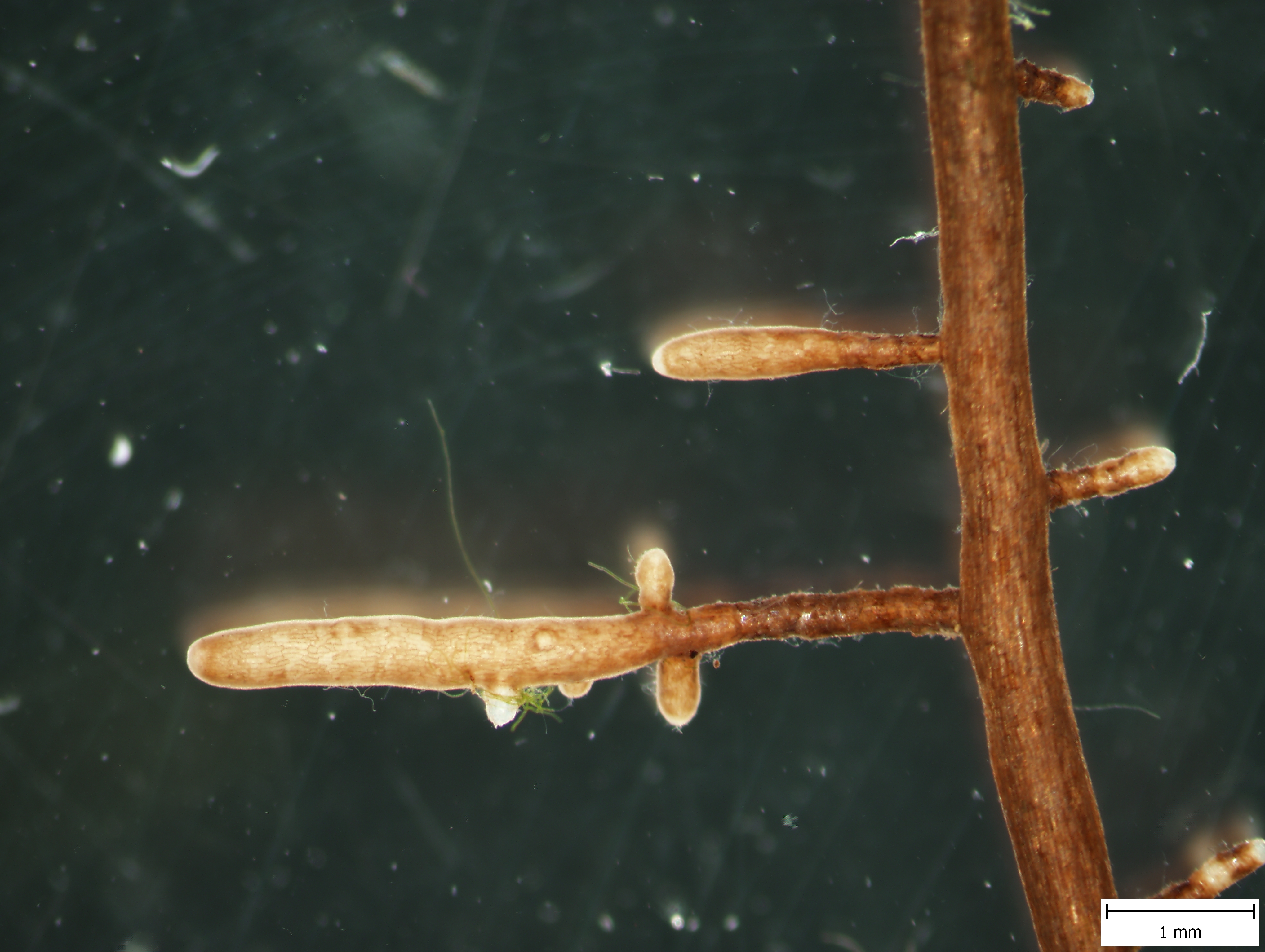Coniferous forest soils are limited in nitrogen and phosphorus which hinders tree growth. However, trees can alleviate this limitation by symbiotic associations of roots with ectomycorrhizal (EcM) fungi which helps them to gain otherwise inaccessible organically bound nutrients. Another possibility for trees to gain enough nutrients is to exploit nutrient-rich hot spots such as wood ant nests where nutrients are accumulated due to ant foraging activities.
In a previous study by Veronika Jílková and her colleagues from the Institute of Botany in Prague and Třeboň, it was found that high nutrient contents in ant nests enhance EcM abundance and diversity. In the current study the research team further focused on possible differences in the EcM community composition between inhabited and abandoned wood ant nests. Although large differences were found in nutrient contents, similar moisture possibly caused the lack of differences in the EcM community between inhabited and abandoned wood ant nests. This suggests that not only nutrients but also moisture is an important determinant of EcM community composition. However, the outcome of the study is that wood ant nests are wanted by EcM fungi and roots, either dead or alive.

